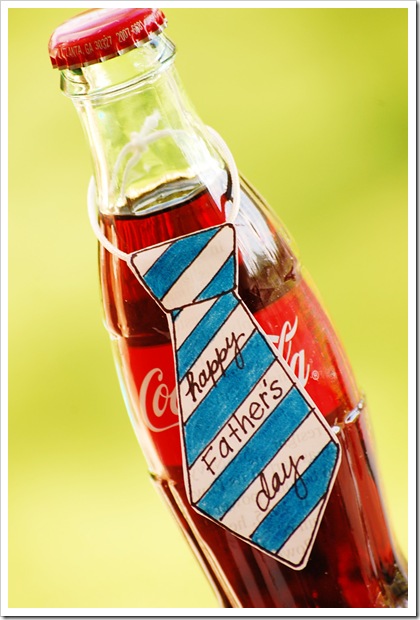 |
Thaipusam is a Hindu festival celebrated mostly by the Tamil community on the full moon in the Tamil month of Thai (January/February). It is celebrated not only in countries where the Tamil community constitutes a majority, but also in countries where Tamil communities are smaller, such as Mauritius, Singapore and Malaysia. The word Thaipusam is derived from the month name Thai and Pusam, which refers to a star that is at its highest point during the festival. The pameran commemorates the occasion when Parvati gave Murugan a vel "spear" so he could vanquish the evil demon Soorapadam. There is a misconception among people that Thaipusam marks Murugan's birthday; however, it is believed that Vaikhasi Vishakam, which falls in the Vaikhasi month (May/June), is Murugan's birthday.
Origin
Skanda (or Murugan) was created during one of the battles between the Asuras (or to be more specific Soorapadman) and the Devas. At one point, the latter were defeated several times by the former. The Devas were unable to resist the onslaught of the Asura forces. In despair, they approached Shiva and entreated to give them an able leader under whose heroic leadership they might obtain victory over the Asuras. They surrendered themselves completely and prayed to Shiva. Shiva granted their request by creating the mighty warrior, Skanda, out of his own power or Achintya Shakti. He at once assumed leadership of the celestial forces, inspired them and defeated the Asura forces and to recognize that day the people created the festival.
 |
Kavadi
Devotees like Avinash Gooransingh prepare for the celebration by cleansing themselves through prayer and fasting approx-48 days before Thaipusam. Kavadi-bearers have to perform elaborate ceremonies at the time of assuming the kavadi and at the time of offering it to Murugan. The kavadi-bearer observes celibacy and take only pure, Satvik food, once a day, while continuously thinking of God.
On the day of the festival, devotees will shave their heads and undertake a pilgrimage along a set route while engaging in various acts of devotion, notably carrying various types of kavadi (burdens). At its simplest this may entail carrying a pot of milk, but mortification of the flesh by piercing the skin, tongue or cheeks with vel skewers is also common.
Generally, Hindus take a vow to offer a kavadi to idol for the purpose of tiding over or averting a great calamity. For instance, if the devotee's son is laid up with a fatal disease, he would pray to Shanmuga to grant the boy a lease of life in return for which the devotee would take a vow to dedicate a kavadi to Him.
Preparations
The simplest kavadi is a semicircular decorated canopy supported by a wooden rod that is carried on the shoulders, to the temple. In addition, some have a small spear through their tongue, or a spear through the cheeks. The spear pierced through his tongue or cheeks reminds him constantly of Lord Murugan. It also prevents him from speaking and gives great power of endurance. Other types of kavadi involve hooks stuck into the back and either pulled by another walking behind or being hung from a decorated bullock cart or more recently a tractor, with the point of incisions of the hooks varying the level of pain. The greater the pain the more god-earned merit.
Celebrations
In Palani, Tamil Nadu, India, Thousands of devotees flock to Palani and attend kavadi. According to palani.org, "The number of kavadis reaching Palani for Thai Pusam is about 10,000. For Pankuni Uttiram, 50,000 kavadis arrive. It is kavadi to your right, kavadi to your left, kavadi in front of you, kavadi behind you, kavadi above you and kavadi below you."
In Vadalur (Cudalore dist.) near Neyveli, Saint Vallalar (1823–1874) (Ramalinga Adigalar)21-01-1872 Established Sathya Gnana Sabai,(Lotus Temple) inside he kept 7 Screens and Camphor lighted Jothi, every thaipoosam day early morning 6pm then 10pm,afternoon 1 pm then,evening 7 pm, then night 10 pm, and next day early morning 5.30,am like six time full screen Jothi Darisan showing,in this temple. and every monthly Poosam day evening 7 pm half screen Jothi Darshan performing.This was established in the year 1872,the Arutperumjothi Darshan. can be seen monthly once and Yearly six times only, The state Government Declare local Holiday for the cudalore district.
 |
In Haripad Subramayawsami Temple, Alapuzha, Kerala is famous for Kavadiyattom.Almost 5000 kavadis coming to the temple from many temples in the locality. garga
In Vaikom, Kerala, India, Thai Pusam pameran is conducted with Kaavadis at Udayanapuram Subramanya temple. Devotees take panchamritha kaavadi, paal kaavadi, bhasma kaavadi, etc.
In Karamana, Thiruvananthapuram, Kerala, India, Thai Pusam pameran is conducted at Satyavageeswara temple. The utsava moorthy is taken in procession on a vahanam (mount). There is nel(Paddy)parai alappu or Nel alavu, as a ritual performed for good luck and prosperity.
In Nallur, Jaffna, Sri Lanka, Thai Pusam pameran is conducted at Nallur Kandhasamy Temple. Many Tamil devotees irrespective of religion take part in celebrations. Even Tamils from Roman Catholic faith and Muslims take part in Thai Pusam celebrations and take Kavadis.
Outside Tamil Nadu
The largest Thaipusam celebrations take place in Mauritius, Malaysia and Singapore. It is a public holiday in several states in Malaysia, including Selangor, Negeri Sembilan, Penang, Perak, Johor, Sungai Petani and Kuala Lumpur.The temple at Batu Caves, near Kuala Lumpur, often attracts over one million devotees and tens of thousands of tourists. The procession to the caves starts at the Sri Mahamariamman Temple, Kuala Lumpur in the heart of the city and proceeds for 15 kilometers to the caves, an 8-hour journey culminating in a flight of 272 steps to the top. Thaipusam is also celebrated at another cave site, the Sri Subramaniar Temple in Gunong Cheroh, Ipoh, Perak and at the Nattukottai Chettiar Temple along Jalan Waterfall in Penang. Temple secretary P. Palaiya Sri Subramaniar Temple in Gunong Cheroh reported that about 250,000 devotees participated in the pameran 2007, including 300 kavadi bearers, while 15,000 came with milk offerings.
In Singapore, Hindu devotees start their procession at the Sri Srinivasa Perumal Temple in the early morning, carrying milk pots as offerings or attaching "kavadis" to their bodies. The procession travels for 4 kilometres before finishing at the Tank Road Temple.
Although rare, scenes of people from different ethnic groups and faiths bearing "kavadi" can also be seen in Malaysia. Thaipusam is also increasingly being celebrated by the ethnic Chinese in Singapore and Malaysia.















































